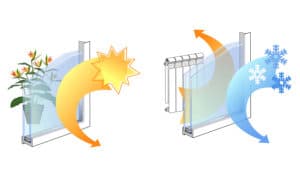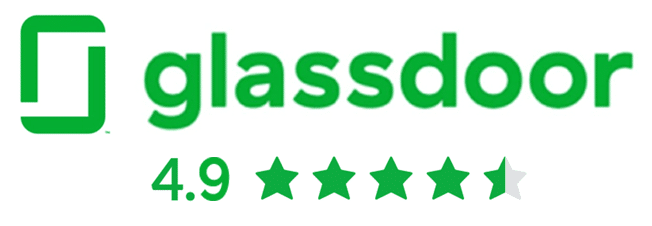
What Is Solar Heat Gain Coefficient?
The Solar Heat Gain Coefficient rating is a number you can find on many stickers stuck to new windows. By reading those stickers and numbers, you can understand how well that particular window will perform in your home. The Solar Heat Gain Coefficient (SHGC) number tells you about the measurement of solar energy transmitted through the window. Thus, it tells you how well the window blocks heat from the sun. The scale used for SHGC is 0 to 1, with standard numbers between 0.25 and 0.80. Generally, the lower the number, the less heat can come through the window.
Solar Heat Gain Coefficient and Climates

You’ll want to choose windows with a low SHGC rating if you live in a warm climate. For west-facing and south-facing windows, consider low SHGC-rated windows to help block the heat from the afternoon sun. You could choose a rating value as low as 0.25 for this scenario.
However, if you want to let in heat to warm your house with solar energy, you’ll want to choose a window with a higher SHGC rating. This window type will remove the solar heat-blocking elements so you can enjoy basking in the warm winter sun and spend less on your heating bill. For the “passive solar” effect, choose an SHGC value between 0.42 and 0.63. For actual solar heating, choose the highest value rating you can find.
If you’re ready to install new windows in your home, reach out to Peak Custom Remodeling for a professional consultation!


